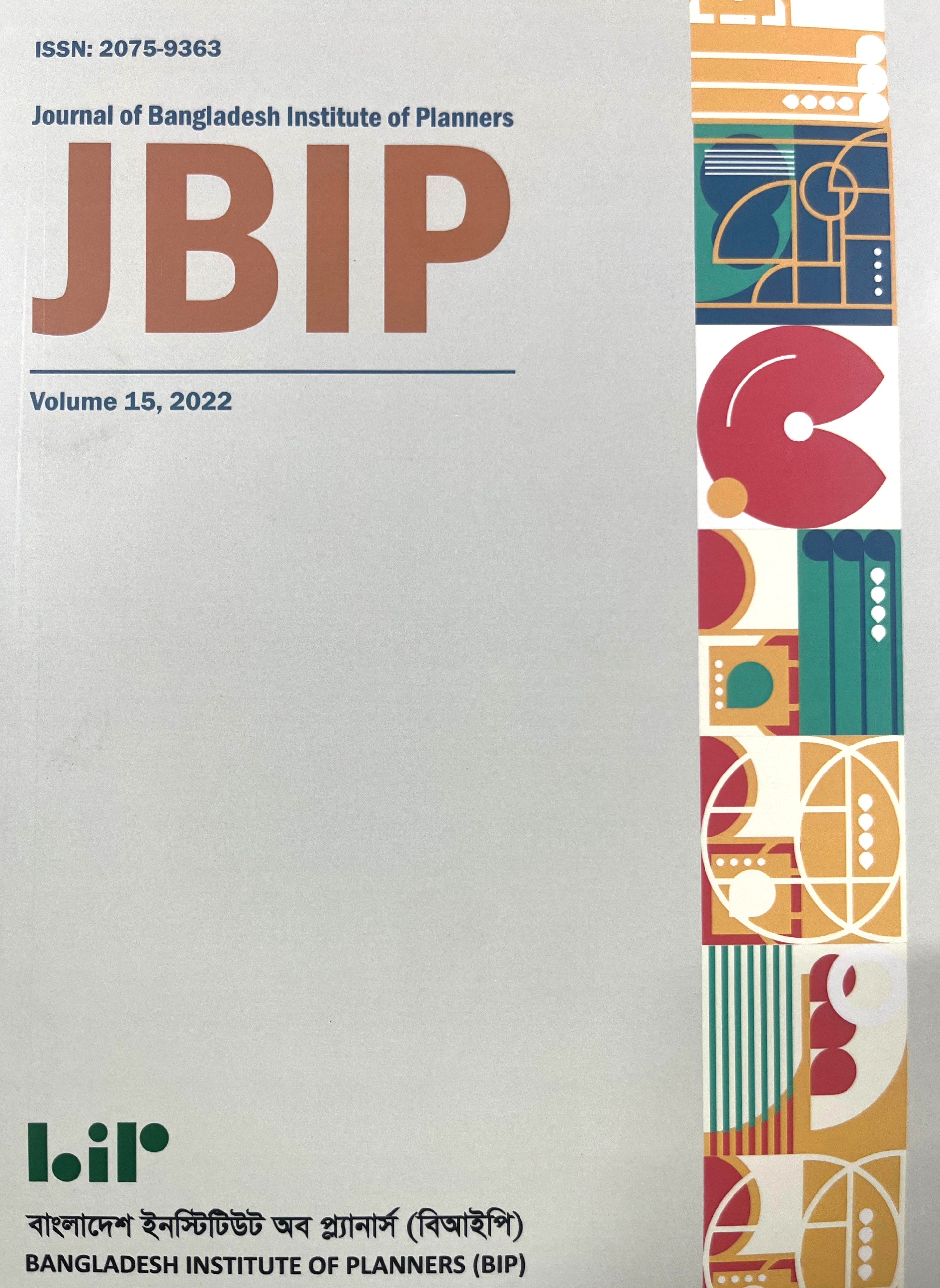Mapping disaster resilience: Insight into two selected wards of Dhaka South City Corporation
DOI:
https://doi.org/10.3329/jbip.v15i1.77047Keywords:
urban disasters, climate change adaptationAbstract
Urban disasters have become an area of concern because of the high concentration of people and the complexity of systems in urban areas. Increased frequency and severity of climatic events have also made the urban areas hotspots for the damage of resources and casualty. Extensive research has been carried out to explore the physical risk and vulnerability profile of Dhaka city, while a holistic overview from the resilience perspective is rare. In this paper an index-based measure to determine the level of resilience in two wards of Dhaka South City Corporation (DSCC) has been attempted. Based on the areal expansion of DSCC in 2017, its administrative units can be categorized into two groups: old wards and newly added wards. Disaster resilience in the most densely populated ward in each group were selected as study areas. This study used Urban Disaster Resilience Index method to quantify resilience level based on five dimensions: physical, social, economic, institutional, and natural. Both wards displayed the highest resilience in physical attributes and exhibited the lowest resilience for institutional attributes. The overall score demonstrates that Ward 61 possesses lower resilience than Ward 33 because of its poor performance in water and drainage, sanitation and solid waste, education, and awareness, social capital, income, crisis management, knowledge dissemination, ecosystem services and land use. The findings reinforce the importance of investigating spatial variance in resilience and its underlying causes.
JBIP, Vol. 15, 2022, pp. 1-12
Downloads
112
150




